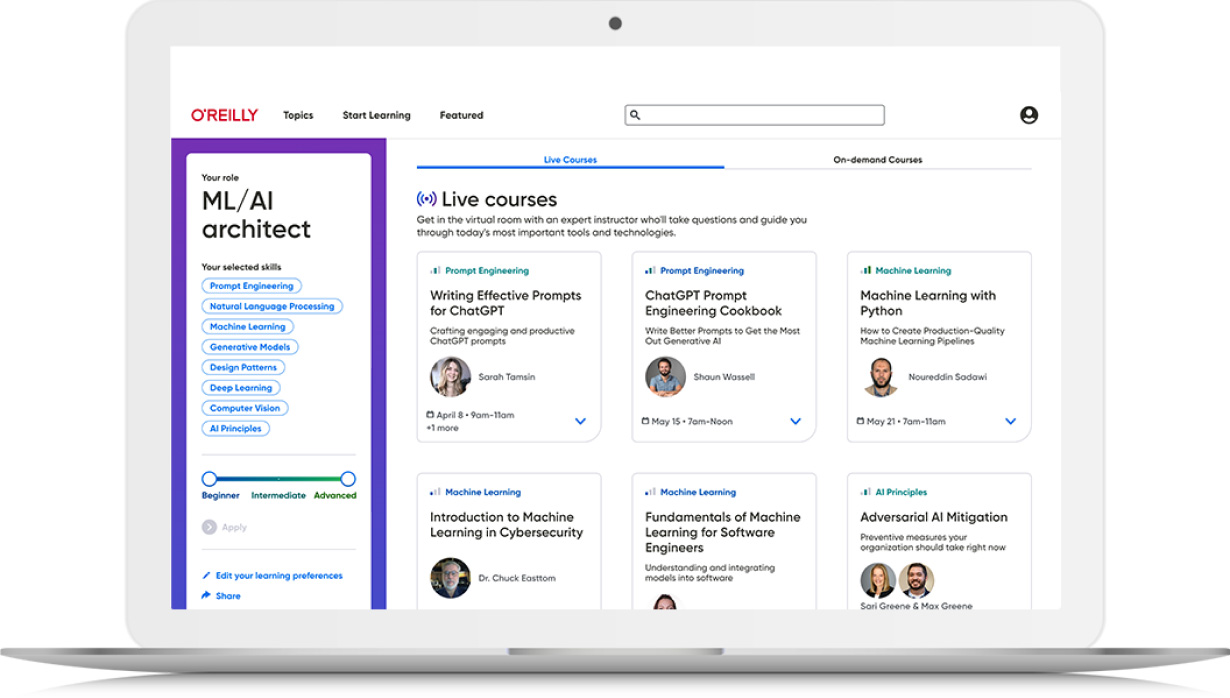Book description
Border Gateway Protocol (BGP) is the routing protocol used to exchange routing information across the Internet. It makes it possible for ISPs to connect to each other and for end-users to connect to more than one ISP. BGP is the only protocol that is designed to deal with a network of the Internet's size, and the only protocol that can deal well with having multiple connections to unrelated routing domains.This book is a guide to all aspects of BGP: the protocol, its configuration and operation in an Internet environment, and how to troubleshooting it. The book also describes how to secure BGP, and how BGP can be used as a tool in combating Distributed Denial of Service (DDoS) attacks. Although the examples throughout this book are for Cisco routers, the techniques discussed can be applied to any BGP-capable router.The topics include:
- Requesting an AS number and IP addresses
- Route filtering by remote ISPs and how to avoid this
- Configuring the initial BGP setup
- Balancing the available incoming or outgoing traffic over the available connections
- Securing and troubleshooting BGP
- BGP in larger networks: interaction with internal routing protocols, scalability issues
- BGP in Internet Service Provider networks
Publisher resources
Table of contents
- Preface
- 1. The Internet, Routing, and BGP
- 2. IP Addressing and the BGP Protocol
- 3. Physical Design Considerations
- 4. IP Address Space and AS Numbers
- 5. Getting Started with BGP
- 6. Traffic Engineering
- 7. Security and Integrity of the Network
- 8. Day-to-Day Operation of the Network
- 9. When Things Start to Go Down: Troubleshooting
- 10. BGP in Larger Networks
- 11. Providing Transit Services
- 12. Interconnecting with Other Networks
- A. Cisco Configuration Basics
- B. Binary Logic, Netmasks, and Prefixes
- C. Notes on the IPv4 Address Space
- Glossary
- Index
- About the Author
- Colophon
- Copyright
Product information
- Title: BGP
- Author(s):
- Release date: September 2002
- Publisher(s): O'Reilly Media, Inc.
- ISBN: 9780596002541
You might also like
book
Practical BGP
PRACTICAL BGP “I would recommend this book to network engineers, Internet service providers, network software developers, …
video
BGP Troubleshooting LiveLessons
More than 10 hours of video training covering all aspects of troubleshooting BGP. BGP Troubleshooting LiveLessons …
book
Networking and Kubernetes
Kubernetes has become an essential part of the daily work for most system, network, and cluster …
book
BGP in the Data Center
The Border Gateway Protocol (BGP) has emerged as the most popular routing protocol for the data …

